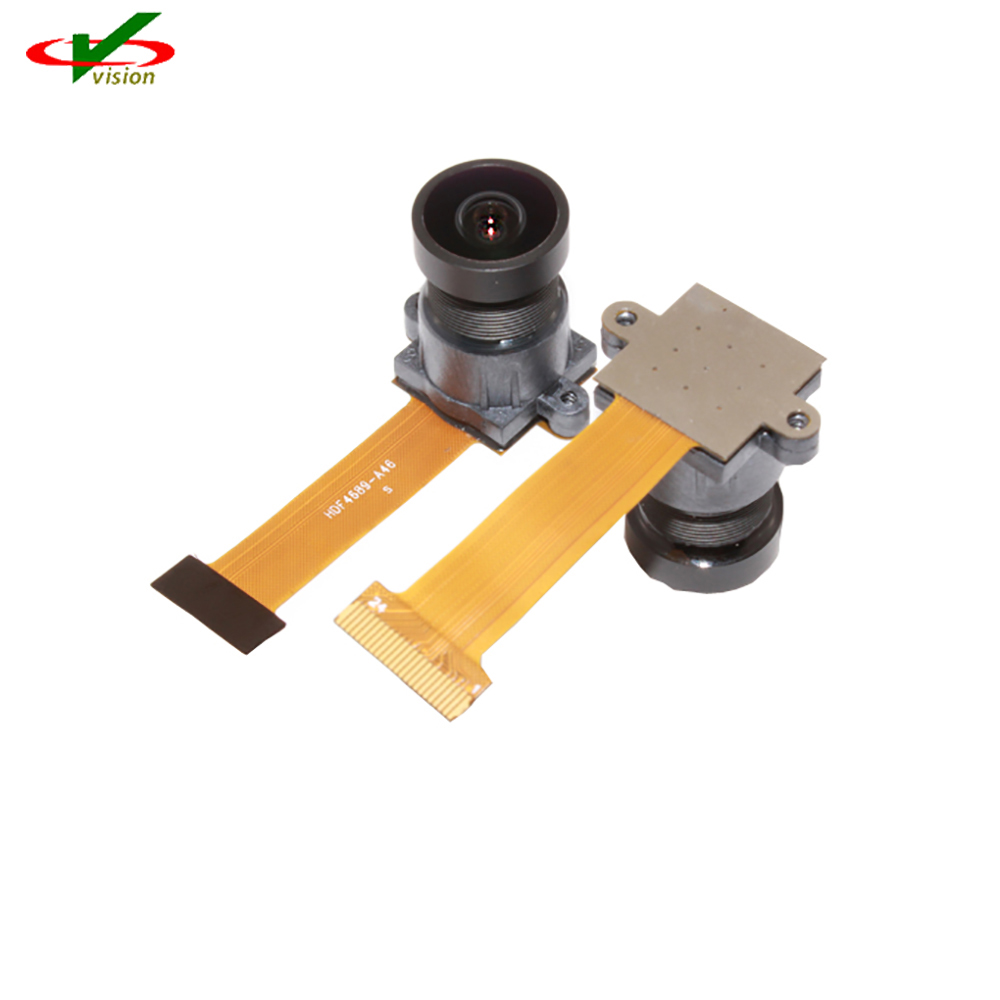


When choosing the correct lens for your 4Mega Pixel Camera Module, there are several factors to consider:
The size of the camera sensor is an important factor to consider when choosing a lens. A larger sensor requires a larger lens in order to capture the same amount of light. Additionally, a larger sensor typically produces better image quality than a smaller sensor.
A zoom lens allows you to adjust the focal length, which means you can either zoom in or zoom out. This is useful if you need to change the field of view quickly and easily. A prime lens, on the other hand, has a fixed focal length. This means you have to physically move closer or further away from your subject in order to adjust the field of view.
The aperture of a lens is the opening that allows light to pass through. The size of the aperture is measured in f-stops. A lower f-stop number (e.g. f/1.8) means a larger aperture, which allows more light to pass through. A higher f-stop number (e.g. f/16) means a smaller aperture, which allows less light to pass through.
The angle of view is the extent of the visible image that the lens can capture. A wider angle of view means that the lens can capture more of the scene, while a narrower angle of view means that the lens can capture less of the scene.
In conclusion, choosing the correct lens for your 4Mega Pixel Camera Module requires careful consideration of several factors, including the size of the camera sensor, the focal length and aperture of the lens, the type of lens (e.g. zoom or prime), and the angle of view. By taking these factors into account, you can ensure that you capture high-quality images that meet your specific needs and requirements.
Shenzhen V-Vision Technology Co., Ltd. is a leading manufacturer of camera modules and related components. We offer a range of high-quality products and services to customers around the world. Our team of experienced professionals is committed to delivering exceptional results and customer satisfaction. Contact us today at vision@visiontcl.com to learn more about our products and services.
1. Chen, J., & Wang, T. (2018). A portable camera module for air quality monitoring based on Raspberry Pi. IEEE Sensors Journal, 18(2), 804-811.
2. Lee, J., & Hong, S. (2016). Miniaturized camera module for endoscope using MEMS mirror. Optics Express, 24(3), 2576-2584.
3. Ryu, S., & Kim, J. (2019). Development of a high-resolution camera module for vehicle black box system. Journal of Electrical Engineering & Technology, 14(6), 2438-2445.
4. Stathopoulos, T., & Grivas, E. (2018). Field performance of UAV digital camera modules: a case study in the archaeological area of Ancient Corinth. International Journal of Remote Sensing, 39(22), 8071-8098.
5. Swaminathan, S., & Choi, H. (2017). Flexible camera module for endoscopic spectral imaging. Biomedical Optics Express, 8(11), 4974-4984.
6. Tsai, M., Chen, Y., & Wang, C. (2018). Design and simulation of a bi-axial MEMS mirror for a smartphone camera module. Journal of Micromechanics and Microengineering, 28(3), 035014.
7. Wu, Z., Dong, Y., & Yuan, M. (2016). Pixel binning-based color interpolation algorithm for color filter array cameras. Journal of Electronic Imaging, 25(6), 063018.
8. Xu, Z., & Gupta, M. (2020). A multi-camera module based occupancy sensing system. Sensors, 20(5), 1470.
9. Yang, T., Liu, Y., & Yang, B. (2018). Error modeling and calibration of a telecentric camera module. Optical Engineering, 57(7), 073106.
10. Zhang, R., Wang, X., & Liu, H. (2019). Automatic single-camera module calibration for the augmented reality system. Optik, 184, 126-133.